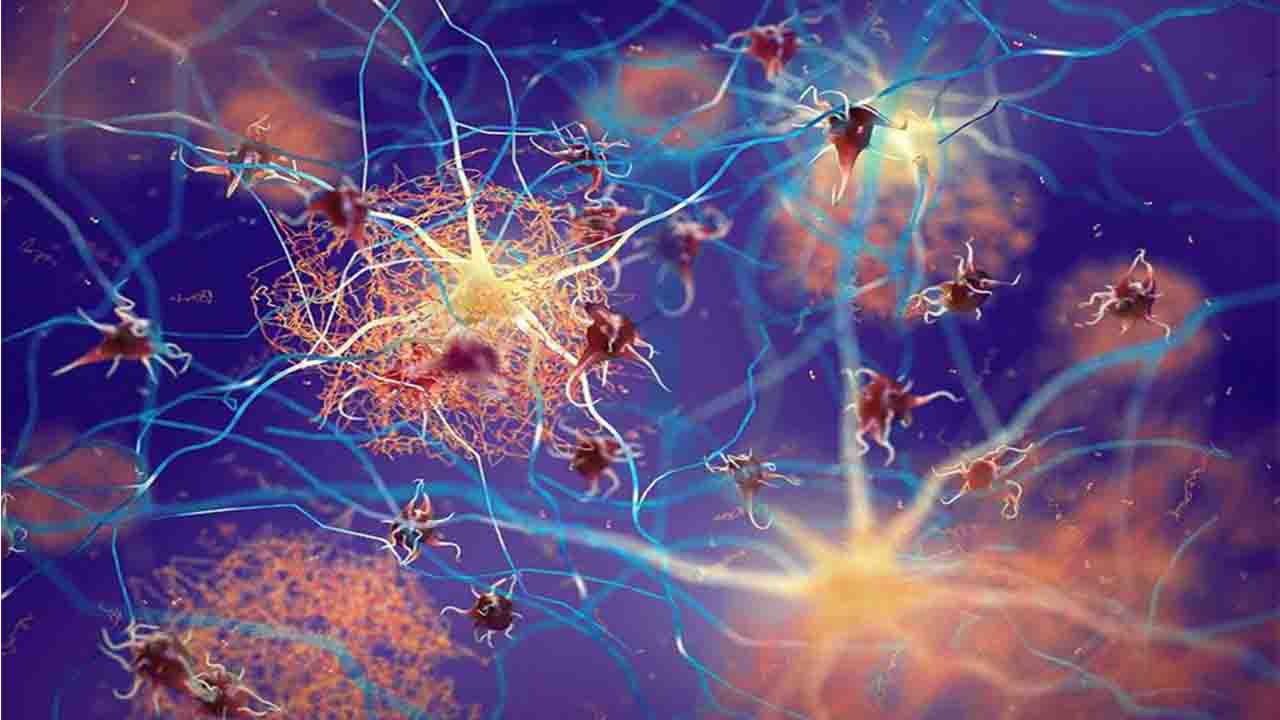Health & Medicine, Canada (Commonwealth Union) – Microglia are the resident immune cells of the brain and represent the first line of defense against pathogens, injury, and inflammation. These specialized cells are derived from the same progenitor cells that give rise to macrophages; a type of immune cell found in other tissues.
Microglia possess a highly dynamic and versatile nature, constantly surveying their surroundings for any signs of damage or abnormality. Upon detecting an issue, microglia can rapidly migrate to the affected site and initiate immune responses. They eliminate cellular debris, secrete molecules that modulate inflammation and interact with other cells to maintain the brain’s homeostasis.
Occasionally microglia cells run terribly wrong, which can result in neurodegenerative diseases such as multiple sclerosis and Alzheimer’s.
Recent research conducted at the University of Alberta has discovered new information in regard to the way these immune cells alter and react to an injury. This is a finding that can assist in the search for methods to defend the human brain when things go wrong in the cells.
Jason Plemel, who is assistant professor of neurology in the Faculty of Medicine & Dentistry as well as Canada Research Chair in Glial Neuroimmunology indicated that they are aware that for certain conditions the microglia are profoundly significant for regeneration and they know that under other conditions they may have apparent neurotoxic properties as well.
Plemel and the research team are seeking methods to direct the central nervous system’s immune response to reduce more damage.
For the research, Plemel’s laboratory was attempting to seek out the ways microglia behave when demyelination which is, destruction to the myelin, or insulating material coating a majority of neurons that are chemically induced for animal models. Multiple sclerosis is a demyelinating condition.
The human nervous system relies on a complex network of specialized cells to transmit electrical signals efficiently. One critical component of this network is myelin, a protective sheath that surrounds nerve fibers, allowing for rapid and efficient signal transmission. However, certain conditions can lead to the destruction or degradation of myelin, a process known as demyelination
Demyelination can occur due to various factors, each with its unique underlying mechanisms such as Autoimmune Disorders. For conditions like multiple sclerosis (MS) and neuromyelitis optica (NMO) involve the immune system mistakenly attacking and damaging the myelin in the CNS. In MS, immune cells target and destroy myelin, leading to the formation of scar tissue (sclerosis) that disrupts neural signaling.
Prior studies have demonstrated that microglia play a big role in demyelination. In reality, for this type of model, from the commencing stages, if there is an elimination of microglia throughout, no demyelination takes place, as indicated by researchers.
However, that is only part of the situation, Plemel elaborated, that the role of microglia is complex.
In the study, the researchers further contrast the microglia in the MS injury model with those that had been defined in prior studies on an Alzheimer’s disease model and discovered that they appear very similar, as indicated by Plemel.
Plemel pointed out that it has been generally accepted that the immune cells were capable of being neurotoxic however he does not think that it was completely proven. By going further with in-depth research of the microglia, he wanted to have the ability to mark toxic attributes or properties as well as perhaps make neurotoxic microglia injurious at a lower rate.
“What it means for people with MS is that if their brains’ immune cells were to become toxic under certain conditions, then this research could open up a new way to protect their brains against damage.”
The research, “Single-cell microglial transcriptomics during demyelination defines a microglial state required for lytic carcass clearance,” appeared in Molecular Neurodegeneration.








